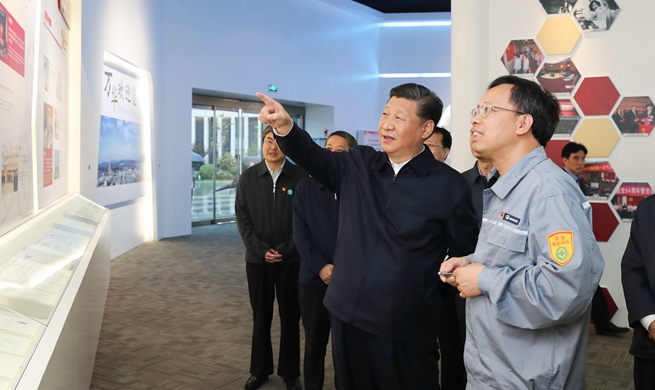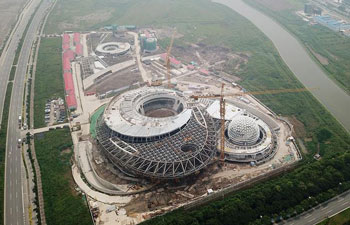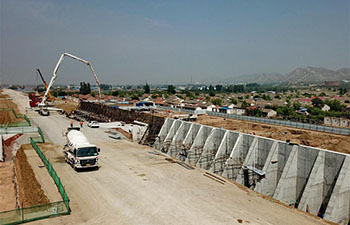BEIJING, June 14 (Xinhua) -- A micro satellite, developed by the Harbin Institute of Technology in northeast China's Heilongjiang Province and sent into an orbit around the Moon, has started to transmit data back to Earth.
Two micro satellites, Longjiang-1 and Longjiang-2, were sent into space on May 21 together with the Chang'e-4 lunar probe's relay satellite from southwest China's Xichang Satellite Launch Center.
Longjiang-2 successfully reached its destination near the Moon on May 25, and entered a lunar orbit with the perilune at 350 km and the apolune at 13,700 km. However, Longjiang-1 suffered an anomaly and failed to enter lunar orbit, according to the China National Space Administration (CNSA).
Longjiang-2, weighing 47 kg, has become the world's first lunar orbiter developed by a university.
It carries an optical camera developed by the King Abdulaziz City for Science and Technology of Saudi Arabia, as well as a low-frequency radio detector developed by the National Space Science Center of Chinese Academy of Sciences.
The scientific instruments on the satellite have all started to work, CNSA said.

















